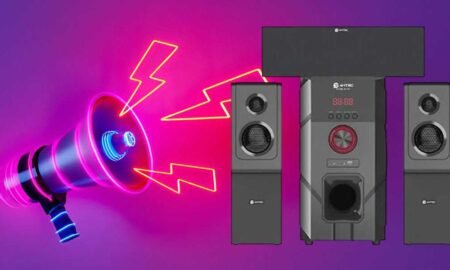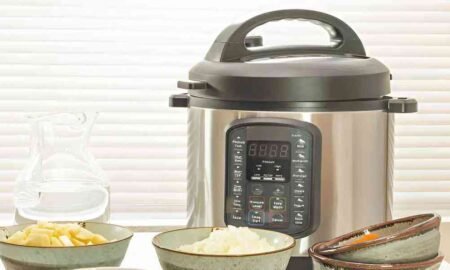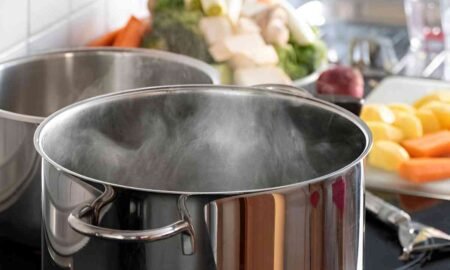Types Of Fire Extinguishers In Kenya
In this post, we are going to talk about Types Of Fire Extinguishers. As a home or business owner, ensuring the safety of your family, employees, and properties is of utmost importance. One way to do this is by having the appropriate fire-fighting equipment on hand. In this guide post, we’ll discuss the different types of fire extinguishers in Kenya and their ideal applications.
Hand-held Fire Extinguishers
Hand-held fire extinguishers are portable appliances that range from as little as 1kg to 25kg in total mass. They are suitable for handling by an average person and must be considered “first-aid” fire-fighting equipment due to the limited duration of discharge. A fire extinguisher of this nature consists of a metal cylinder surmounted by a handle and a discharge lever. There are different types of hand-held fire extinguishers, including:
Water-type Fire Extinguisher
Water extinguishers are effective for dealing with Class A fires as they cool down the fire. They have better cooling properties than other fire extinguishers and can readily penetrate to reach a deep-seated fire. However, they should not be used on electrical equipment as water is a ready conductor of electricity. To use a water extinguisher, follow the PASS steps in the following order: Pull, Aim, Squeeze, and Sweep.
Foam Type Fire Extinguisher
Foam extinguishers are suitable for use on small Class B fires involving flammable liquids, such as grease, gasoline, and oil. They cool the fire down, prevent the release of vapour from the fire, prevent reigniting, and smother the fire. However, care must be taken with their use as the foam used is a ready conductor of electricity. To use a foam extinguisher, follow the instructions given under the water extinguishers.
CO2 Type Fire Extinguisher
CO2 extinguishers are ideal for use on small Class B and C fires, as CO2 is a non-conductor of electricity. They are considered best suited for fighting fires involving electrical equipment, but also effectively cope with flammable liquids. CO2 extinguishers have limited cooling properties and provide no protection against reignition, so they are considered ineffective in outdoor applications. To use a CO2 extinguisher, follow the instructions given under the water extinguishers.
Dry Chemical Fire Extinguisher
Dry chemical extinguishers are very effective for quelling Class B fires, as they can readily halt the spread of the burning liquid. They are best suited to combating larger flammable liquid fires (Class A), though they can also be used on electrical fires (Class C). However, the powder has no cooling properties, so it does not prevent the reigniting of Class B fires. The dry chemical powder can also damage electrical equipment, such as computers. To use, follow the instructions given under the water extinguishers.
Fire Hose Reel
Fire hose reels are also portable fire-fighting appliances that have an extended hose feature. They are often available in a swing-type design, which offers all-directional flexibility.
Conclusion
Selecting the most appropriate fire-fighting equipment is key to providing your family and/or employees with the best chance of containing a fire before it develops into a major incident. Keep in mind that you can put yourself in danger, or even increase the intensity of a fire if you use the incorrect type of extinguisher on it. Bansi suppliers should provide their clients with the necessary information to make an informed decision when selecting a fire extinguisher.










